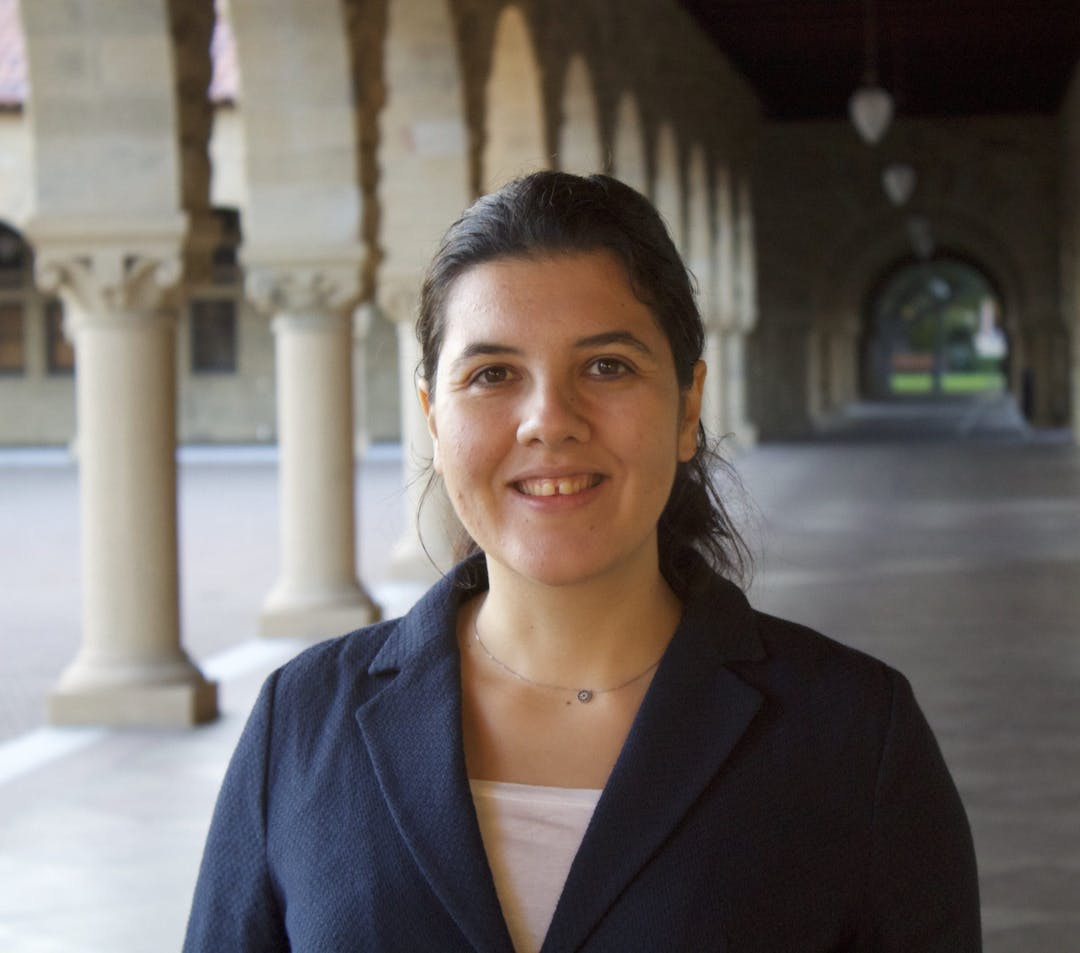The Impact Of FREE On Consumer Decision-Making
The Power of FREE
Imagine yourself walking into the bakery section of a supermarket. It is 4 pm and you are looking for an afternoon snack. You smell freshly baked cookies. You approach to the cookie stand and see the delicious double-chocolate chip cookies. Now consider three scenarios. Scenario #1, you see the tag that reads $2 per cookie. How many cookies would you get? Now, for scenario #2, instead imagine you are in the same situation but the tag now reads 1 cent per cookie. How many cookies would you get now? Finally, imagine that in scenario #3, that the tag now reads free. How many cookies would you get in this case?
Economic theory predicts you will get more and more cookies as the price of cookies decreases. But, is there something special about the price of zero? This is the question that Dan Ariely and coauthors explore with a simple experiment. They set up a candy stand at the MIT student center. Some afternoons, they offer candies for 1 cent each. Other afternoons, they offer the candies for free. Then, they measure how many students stopped by the candy stand and how many candies each student took.
When candies are offered for 1 cent, 58 students stopped by. When candies are free, 207 students stopped by. As expected, offering candies for free increased the number of students dropping by. But here comes the trick. When candies are offered for 1 cent, students, on average, took 3.5 candies. When candies are free, they took 1.1 candies. Increasing the price from zero to 1 cent triples the number of candies students ended up getting. Weird, huh?
References
*Ariely, D. (2010). Predictably irrational: The hidden forces that shape our decisions. New York: Harper Perennial.
*Shampanier, Mazar, and Ariely: Zero as a Special Price: The True Value of Free Products Marketing Science 26(6), pp. 742–757,
About the Author
Fulya Ersoy
Dr. Ersoy is an assistant professor in the Economics Department of Loyola Marymount University. She utilizes experimental and behavioral economics to better understand how students make decisions in educational settings.
About us
We are the leading applied research & innovation consultancy
Our insights are leveraged by the most ambitious organizations
“
I was blown away with their application and translation of behavioral science into practice. They took a very complex ecosystem and created a series of interventions using an innovative mix of the latest research and creative client co-creation. I was so impressed at the final product they created, which was hugely comprehensive despite the large scope of the client being of the world's most far-reaching and best known consumer brands. I'm excited to see what we can create together in the future.
Heather McKee
BEHAVIORAL SCIENTIST
GLOBAL COFFEEHOUSE CHAIN PROJECT
OUR CLIENT SUCCESS
$0M
Annual Revenue Increase
By launching a behavioral science practice at the core of the organization, we helped one of the largest insurers in North America realize $30M increase in annual revenue.
0%
Increase in Monthly Users
By redesigning North America's first national digital platform for mental health, we achieved a 52% lift in monthly users and an 83% improvement on clinical assessment.
0%
Reduction In Design Time
By designing a new process and getting buy-in from the C-Suite team, we helped one of the largest smartphone manufacturers in the world reduce software design time by 75%.
0%
Reduction in Client Drop-Off
By implementing targeted nudges based on proactive interventions, we reduced drop-off rates for 450,000 clients belonging to USA's oldest debt consolidation organizations by 46%



















